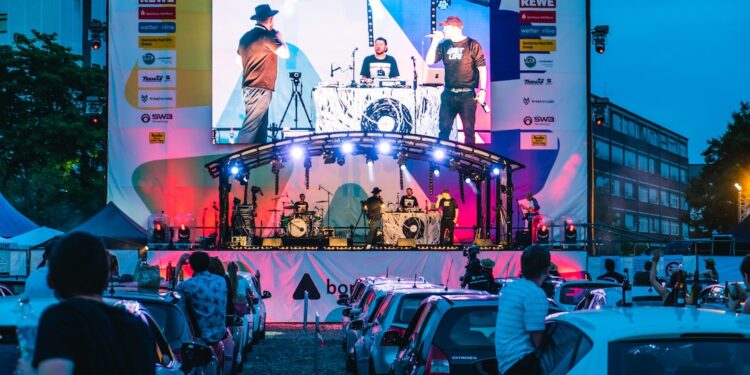The Art of Improvisation: How improv comedy has shaped modern comedic performances
Laughter is a universal language that transcends borders and cultures. Its power lies in its ability to bring people together, to create a sense of camaraderie and joy. And at the heart of this laughter lies the art of improvisation, a comedic technique that has shaped modern comedic performances in a profound way.
Improv comedy, as the name suggests, is all about spontaneity and unrehearsed creativity. It is the art of making people laugh on the spot, without a script or predetermined jokes. The performers must rely on their imagination, quick wit, and ability to react to unexpected situations. This thrilling dynamic is what sets improv comedy apart from other forms of comedy, and its impact can be felt across various mediums.
One of the most notable contributions of improv comedy is its influence on television. Shows like “Whose Line Is It Anyway?” and “Saturday Night Live” have become iconic examples of the power of improvisation. These programs created a platform for comedians to showcase their comedic prowess and pushed the boundaries of what was considered acceptable humor. The unpredictable nature of improv comedy allowed for moments of pure genius and showcased performers’ ability to think on their feet.
Improv comedy’s impact is not limited to the world of television. It has also shaped the way stand-up comedy is performed. Many stand-up comedians incorporate elements of improvisation into their routines, allowing them to connect with the audience in a more direct and personal way. By reacting to the audience’s reactions and adjusting their jokes on the spot, comedians create a unique and intimate experience for their viewers. This spontaneity adds a layer of excitement and unpredictability to their performances, making each show feel fresh and engaging.
The art of improvisation has also transformed the world of theater. Improv troupes have gained popularity, captivating audiences with their ability to create entire stories and characters in the moment. One particularly famous troupe, The Second City, has been a breeding ground for comedic geniuses like John Belushi, Tina Fey, and Steve Carell. These performers honed their improvisational skills on stage, developing a sharp sense of humor and timing that would shape their future careers.
In addition to its impact on traditional forms of comedy, improv has also influenced the world of film. Directors like Christopher Guest and Judd Apatow have incorporated improvisational techniques into their movies, creating a more natural and authentic feel. Improvisation allows actors to explore their characters and discover unexpected comedic moments. The art of improvisation has given birth to memorable scenes in movies like “Anchorman” and “Bridesmaids,” forever etching themselves into the annals of comedy history.
Beyond the world of entertainment, the art of improvisation has also found its place in the corporate world. Improv comedy workshops and team-building exercises have become popular tools to develop communication skills, foster creativity, and enhance collaboration. The principles of improv, such as active listening and embracing mistakes, are valuable lessons that can be applied to various aspects of life. The ability to adapt and think on one’s feet is a crucial skill in a rapidly changing world.
In conclusion, the art of improvisation has undoubtedly shaped modern comedic performances in a significant way. Its impact can be seen across various mediums, from television and theater to stand-up comedy and film. Improv comedy has not only entertained audiences but has also influenced the way we approach communication and collaboration. Its ability to evoke genuine laughter and create a sense of shared experience has made it an art form that continues to thrive and evolve. So, next time you find yourself in stitches from an improvised joke or scene, remember the legacy of improv comedy and appreciate the skill and creativity that goes into making people laugh in the moment.













